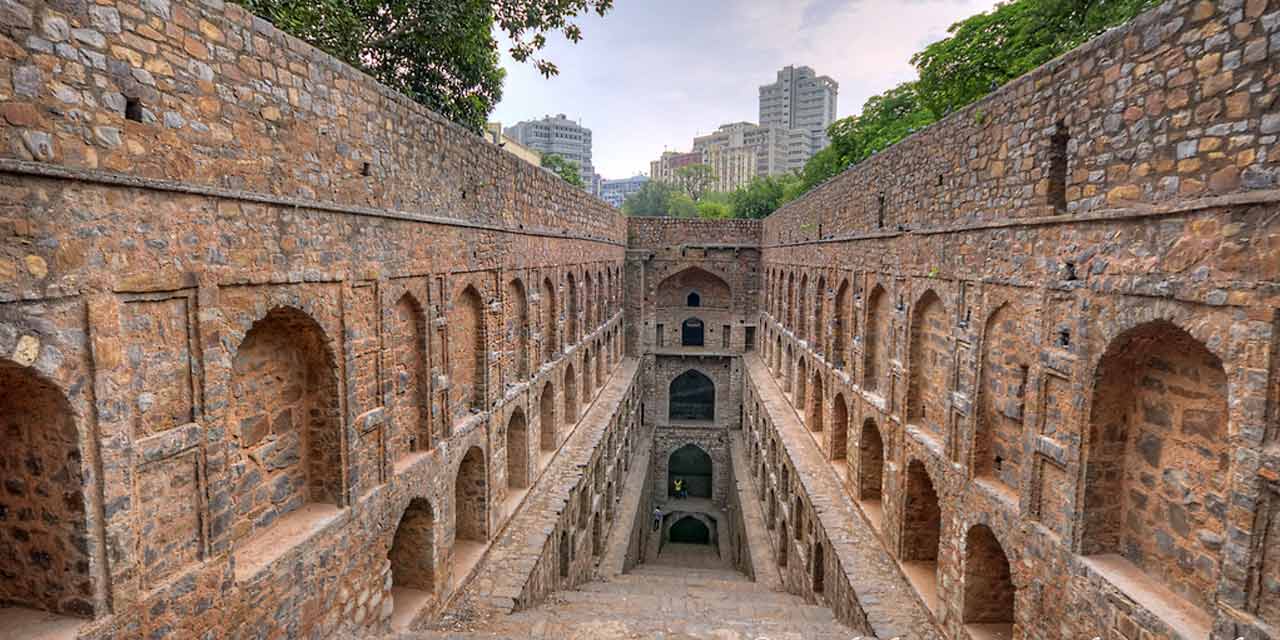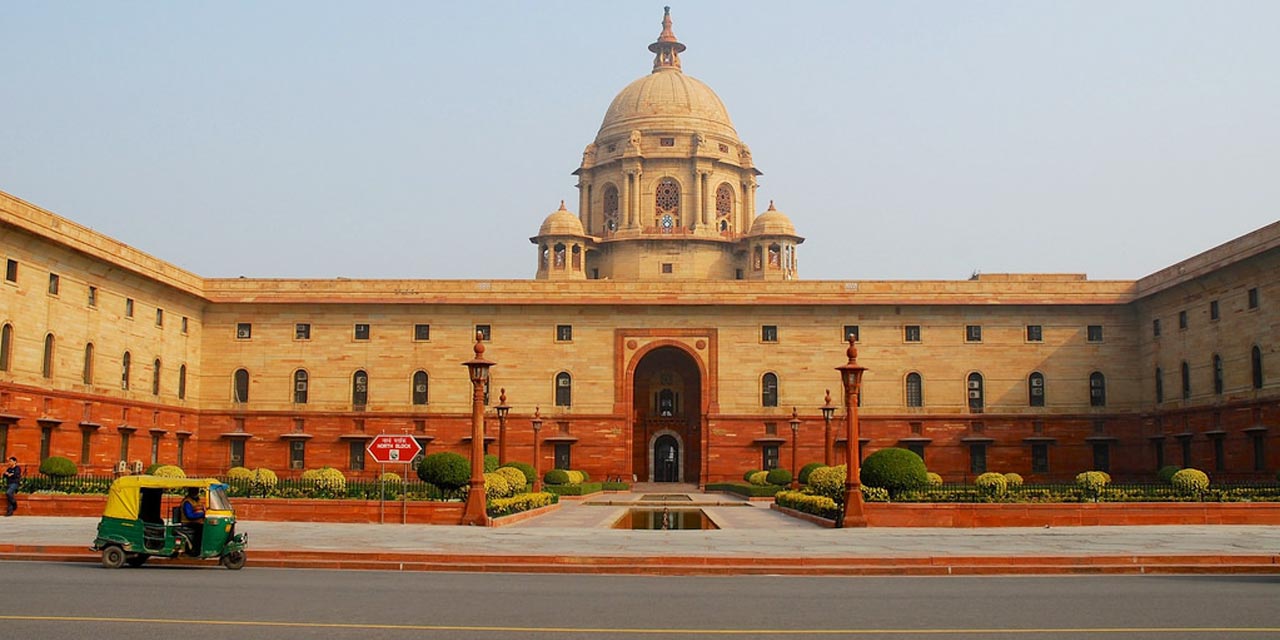Delhi is the beating heart of our nation, a place whose tapestry is woven into our heritage, and exploring the capital city of India feels like a real-life diorama. If you are from the city, you would already know the treasure trove it hides among its vibrant lanes and thoroughfares. However, if you are not, you still would know the lull of reconnoitering Delhi’s living and tangible cultural hideouts.
To be fair, the city doesn’t lack grandeur a bit, ranging from its sprawling architecture of the Mughal era to British colonial imprints. So, here are five of the must-visit historical hideouts in Delhi for the eager voyager in you, dear reader.

Tughlaqabad Fort, Badarpur-Mehrauli, Delhi
This sprawling city with its legendary fort was built during the 14th century by the founder of the Tughlaq Dynasty. While Delhi definitely sports more culturally important sites from the Sultanate era, this fort that lies in shambles today paints a picture of the controversial Ghiyasuddin Tughlaq’s architectural endeavors. The ruins are expansive and include chipped-away arches, large bastions, dipping massive stone walls, and an array of underground passages. Ghiyasuddin intended to build this fort surrounded by a city from scratch in an attempt to protect his Empire from external invasions from the Mongols.
The large-scale project began in 1321 and was finished four years later in 1325 CE. However, despite being the dream city of the Sultan, the city fell into ruins, and the fort was rumored to be cursed. So, if you are the adventurous sort and happen to pass through the southern side of Delhi, do check the ruins of Tughlaqabad city and its accursed fort.
Jahaz Mahal, Mehrauli, Delhi
Jahaz traditionally means ‘ship’, thus this marvel is also known as the Ship Palace. Built during the 15th century, this impressive palace received its name from its ship-like reflection around the twin ponds that surround the structure and served as a dwelling abode, a pleasure house, or an inn of sorts during the Lodi Dynasty. It boasts intricate craftsmanship and has the typical hallmarks of the medieval pre-Mughal architectural style. The complex is regally spread over an expansive area, with luscious gardens, broad courtyards, halls, and rooms.
Today, the Jahaz Mahal stands as a testament to incredible Sultanate architecture and attracts hundreds of tourists daily. Thus, if you want to delve into the beauty of the bygone era, make sure to put this palace on your bucket list.
Agrasen Ki Baoli, Hailey Road, Delhi.
An old water reservoir, Agrasen Ki Baoli dates back to the time of Mahabharata. It was built by Maharaja Agrasen and just is one of the most important historical sites in Delhi. Baolis were traditionally built to supply water and store it for the arid months, and this particular Baoli has an interesting architectural structure altogether. Agrasen Ki Baoli is cut into several tiers down to the water level and has beautiful ancient carvings.

Steeped in Indian Folklore, and age-old stories, the place is said to be haunted. The local stories about the reservoir just keep on spreading as a hotbed for paranormal activities. An echo from the past, this water reservoir attracts many eager tourists, who are thrilled not only by its clever architecture but also by the haunted lore that surrounds this Baoli. Just put this place on your list of must-visits in Delhi, already.
Chunnamal Haveli, Chandni Chowk, Delhi.
This late Mughal and early British-era mansion was built by a trading merchant, named Lala Chunnamal and today is one of the hidden gems of Delhi. Built for prominence and luxury, the haveli has numerous rooms, 128 to say the least, and boasts intricate carvings, delicate frescos, and hallmark-style courtyards. While not having much historical significance in the grand scheme of things, Chunnamal Haveli remains an upstanding example of 19th-century architecture that stayed largely intact.

The balconies of this mansion provide an unobstructed view of the famous Chandni Chowk market and attract enthusiasts who want to have a taste of Old Delhi’s imperial era. If you find yourself a fan of 19th-century architecture, then pay a visit to this hidden pride of Delhi.
Rashtrapati Bhavan, Delhi
The colonial period of India, which lasted for almost entirely two centuries left a lasting legacy, especially in the capital city of Delhi. The Rashtrapati Bhavan which now is the seat for India’s President was originally built to house the Viceroy of India during the colonial times. During the early 20th century, a mere two years before the outbreak of the First World War, the idea to build this expansive seat of power was thought and designed by Sir Edwin Lutyens, a British architect.

This famous building has a cohesive design of Indian and Western styles and took almost two decades to complete. The Mughal-style gardens that surround the structure add to its ample beauty. This 340-room structure housed the first and only Indian Viceroy, C. Rajagopalachari, and since then acts as the presidential heart of the nation. It attracts the attention of many tourists and is one of the most significant cultural heritage sites in Delhi.

While the city of Delhi is a melting pot for the rich cultural heritage of India, there are far many interesting places scattered all around the city beyond the usual haunts of historical significance like the Red Fort, Qutub Minar, or the India Gate. Listed above are just five of those various hidden gems, historical hideouts, that bring hoards of tourists into the city daily.
Make sure to tick these five places off your list before exploring the vast delights of the city.





There are 3 comments